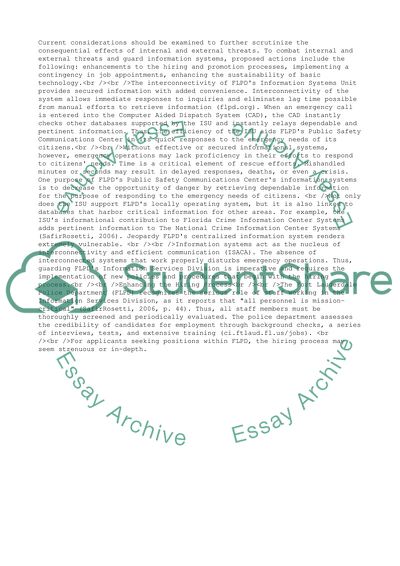Cite this document
(Considering the Threats and Vulnerabilities of Information Systems: A Coursework, n.d.)
Considering the Threats and Vulnerabilities of Information Systems: A Coursework. https://studentshare.org/management/1500950-considering-the-threats-and-vulnerabilities-of-information-systems-a-plan-for-improvements
Considering the Threats and Vulnerabilities of Information Systems: A Coursework. https://studentshare.org/management/1500950-considering-the-threats-and-vulnerabilities-of-information-systems-a-plan-for-improvements
(Considering the Threats and Vulnerabilities of Information Systems: A Coursework)
Considering the Threats and Vulnerabilities of Information Systems: A Coursework. https://studentshare.org/management/1500950-considering-the-threats-and-vulnerabilities-of-information-systems-a-plan-for-improvements.
Considering the Threats and Vulnerabilities of Information Systems: A Coursework. https://studentshare.org/management/1500950-considering-the-threats-and-vulnerabilities-of-information-systems-a-plan-for-improvements.
“Considering the Threats and Vulnerabilities of Information Systems: A Coursework”. https://studentshare.org/management/1500950-considering-the-threats-and-vulnerabilities-of-information-systems-a-plan-for-improvements.


